
Food vendors give people living in Nairobi’s informal settlements easy access to fresh food (Photo: Grace Githiri)
Food vendors play a key role in nourishing their fellow residents in informal settlements, offering ready access to fruit, vegetables, snacks, and cooked foods. But unlike food vendors in markets or downtown streets, vendors in informal settlements are often hidden and overlooked by policymakers.
The Kenyan slum-dweller federation, Muungano wa Wanavijiji, has explored why vendors sell in informal settlements, and revealed the benefits of their accessible, affordable foods. Additionally, Muungano and its partners have uncovered how vendors cope with challenges such as rising food prices, government neglect, and environmental hazards.
For vendors in Nairobi’s informal settlements, it is always a struggle to earn a livelihood and maintain food safety. Refrigeration is rare, and many water taps are contaminated or far away. Rubbish collection, drainage, and sanitation may be non-existent.
Heavy rains bring muddy footpaths that paralyse mobile vendors and force traders to close their stalls. Preparing, displaying, and storing foods are a constant challenge for vendors (see photos below).

Environmental hazards for vendors in Viwandani, Nairobi (Photos: Grace Githiri)
Muungano has partnered with food vendors to create a new organisation and supportive interventions, which may achieve official recognition and better conditions in their settlements. In turn, vendors and consumers alike should benefit from safer foods and more secure livelihoods.
Shared learning, training, and advocacy
Grassroots-led research in Nairobi‘s informal settlements has highlighted the importance of food vendors and helped develop new ways to support them.
Muungano and the Akiba Mashinani Trust (AMT), which offers financial and technical assistance to the federation, have previously analysed vending in three of Nairobi’s informal settlements (also, see the ‘Cooking up a storm: community-led mapping and advocacy with food vendors in Nairobi’s informal settlements briefing paper).
The partners have now explored vending in two other settlements of Korogocho and Viwandani, using surveys, maps and focus group discussions with food vendors.
Korogocho is a large informal settlement located 12km from the city centre, while Viwandani is found in Nairobi’s industrial area. Thanks to an upgrading project that recently improved Korogocho’s roads, water, and other infrastructure, vendors rarely experience the floods, dust, fires, and other hazards that remain common in Viwandani.
But both settlements have entrenched poverty and elevated risks of violent crime, especially Korogocho. This insecurity makes food vendors vulnerable to theft and may lead them to sharply reduce their operating hours.
In response, the project has created a Food Vendors’ Association (FVA) to develop supportive interventions and amplify traders’ voices beyond their settlements. Additionally, FVA leaders are organising training for vendors in food handling and hygiene, supported by partners at IIED, the International Livestock Institute, and the African Population Health and Research Centre.
Nancy Njoki, an FVA leader, said these initiatives have enhanced environmental awareness among vendors, who have also begun advocating for food markets in their settlements. The project “has helped us redefine advocacy approaches for upgrading sanitation and infrastructure in the informal settlements,” she said.
Benefits, challenges, and women’s roles

A potato seller being surveyed in Korogocho (Photo: Grace Githiri)
Focus groups uncovered several benefits to selling inside informal settlements. Compared to vending in town, these vendors experience less harassment from the city council. Costs for transport and rented stalls are lower, and they can attract higher numbers of customers.
One result is cheaper food prices, benefiting low-income customers in informal settlements.
According to one Korogocho food seller, vendors can feed local families for a whole day for just a few shillings (GBP£1 is equivalent to 150 shillings): “For beans, we start selling at 10 shillings. If you have a family, and you have 50 shillings, you can buy rice and soup for 10 shillings [for five people]. And that can cover a day.”
We also found that women are the majority of food vendors, comprising 63 per cent and 81 per cent of food vendors surveyed in Viwandani and Korogocho, respectively. Men predominate as butchers and sell other foods such as roasted corn or chapatti. But women are the main providers of cooked food and vegetables, the two most commonly-sold items (see chart).
Vending near home can offer big advantages to women since they enjoy lower childcare and transport costs; they can better combine their livelihoods and household chores.

Gender and types of food vended in Korogocho
Alongside these benefits, vendors face political, economic, and environmental challenges. Food prices are rising sharply, but vendors cannot increase their selling prices (due to customers’ low incomes).
They also feel abandoned by Nairobi’s government. Some vendors pay fees to the city council, but receive no services in return. During Nairobi’s periodic cholera epidemics, local officials often scapegoat food vendors and close down their businesses.
As a Viwandani vendor declared: “We feel like there is no government because there’s nothing that we’ve seen done by the government.”
Wider benefits of supporting food vendors
Vendors argued for improving food storage facilities, and they also require adequate water, sanitation, and rubbish collection to reduce floods or other hazards. Many vendors sell along footpaths or main roads, underscoring theneed for upgraded roads to support livelihoods in informal settlements. Providing hygiene training to vendors, as the FVA has recently done, will also improve access to safe foods.
Additionally, vendors require broader initiatives to enhance relations with local government, tackle crime, and create livelihood opportunities for youth.
Korogocho’s vendors consistently identified youth unemployment and insecurity as their major challenges. But with improved livelihoods, they argued that young people would buy from vendors instead of stealing.
When upgrading informal settlements, food vendors can be a key entry point and spark improvements across their settlements. The same interventions that vendors identified to ensure food safety (roads, water, sanitation and so on) can create wider gains for their fellow residents.
Strategies to help vendors will not only facilitate access to safe foods, but can also bolster livelihoods and well-being in informal settlements more generally.
By nourishing these workers’ livelihoods, policymakers can finally recognise the pivotal role of street foods for the urban poor. With greater policy support and inclusive organisations like the FVA, vendors can lead the way towards healthy food and more equitable development in informal settlements.
Alice Sverdlik is a PhD student in city planning at the University of California, Berkeley, and a former research assistant at IIED. This blog was written with the support of the paper’s co-authors, Grace Githiri, Regina Ngugi and Patrick Njoroge. We gratefully acknowledge FVA and Muungano wa Wanavijiji members, who have inspired and spearheaded this project.
The post originally available at the IIED website on 15 January, 2016 authored by Alice Sverdlik
 The conference Pathways Kenya 2016 (http://sites.warnercnr.colostate.edu/pathways), took place from January 10-13, 2016 in Nanyuki, Kenya. This conference and training program was designed to address the myriad of issues that arise as people and wildlife struggle to coexist in a sustainable and healthy manner. Their mission is to increase professionalism and effectiveness in the human dimensions of fisheries and wildlife management field.
The conference Pathways Kenya 2016 (http://sites.warnercnr.colostate.edu/pathways), took place from January 10-13, 2016 in Nanyuki, Kenya. This conference and training program was designed to address the myriad of issues that arise as people and wildlife struggle to coexist in a sustainable and healthy manner. Their mission is to increase professionalism and effectiveness in the human dimensions of fisheries and wildlife management field.





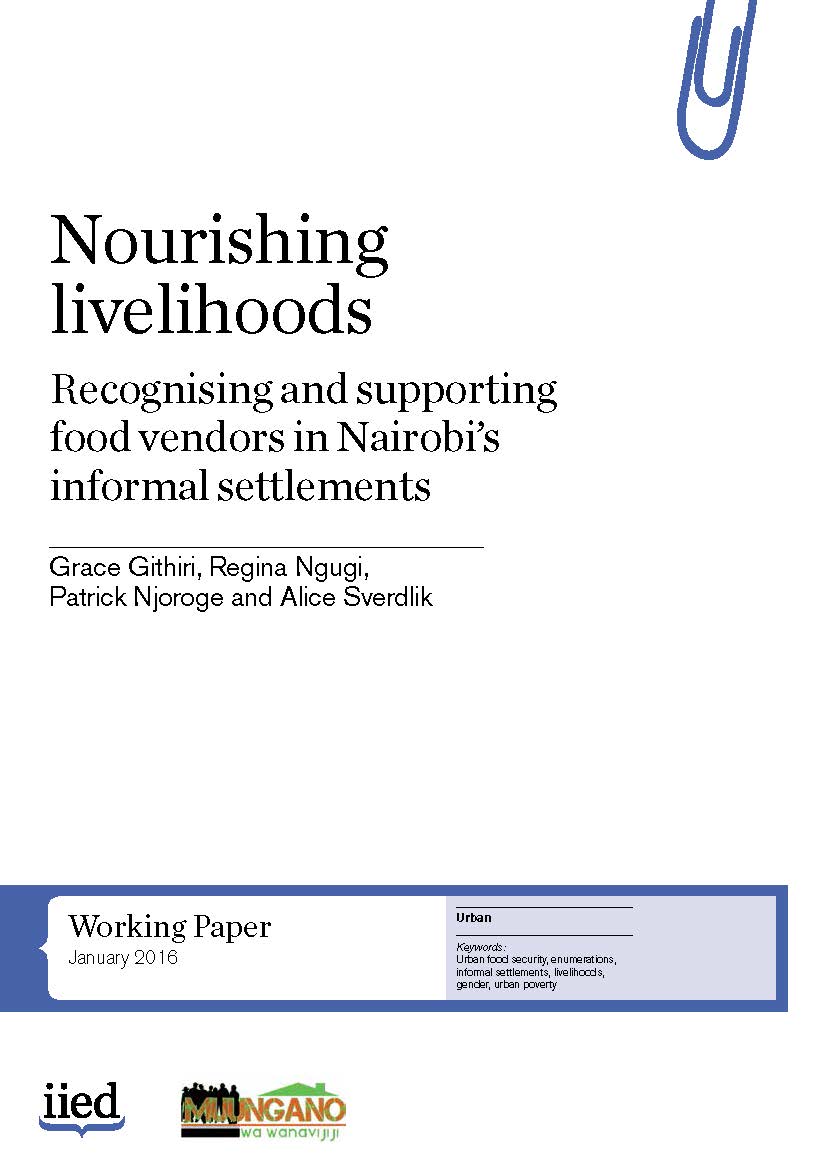



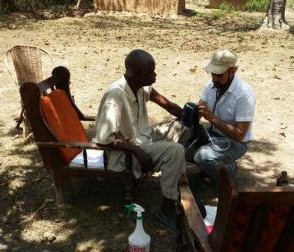
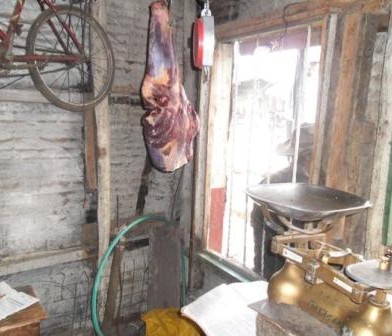
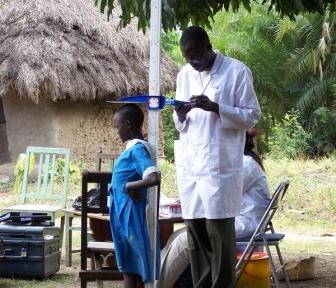
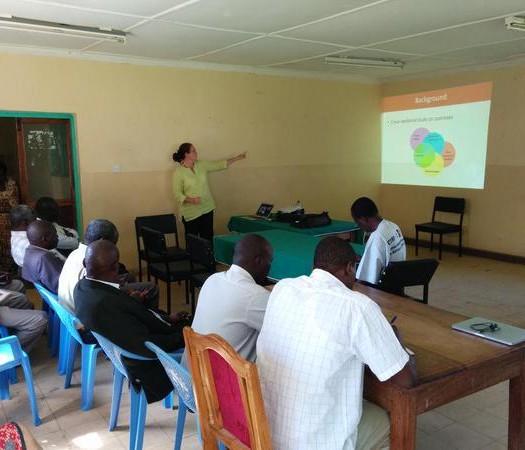
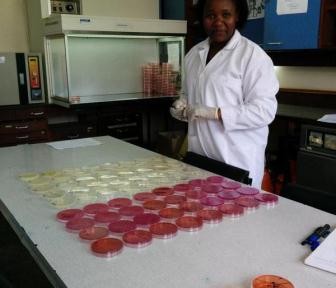
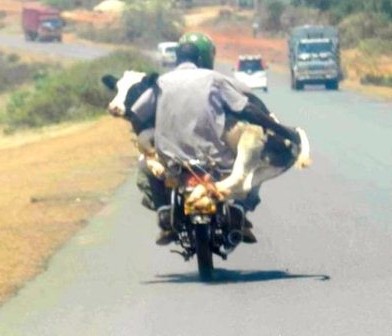

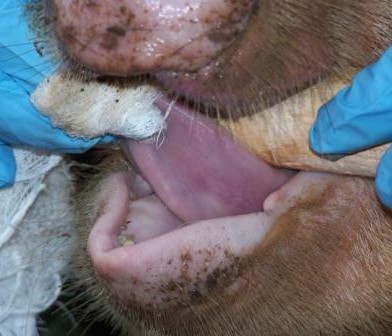
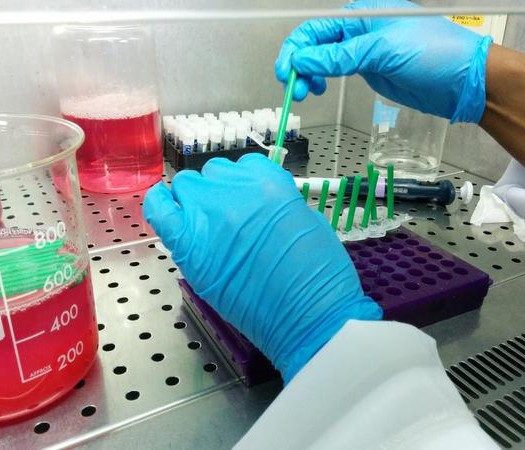
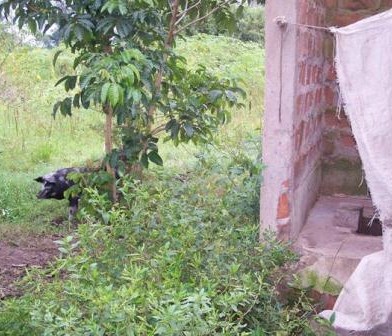
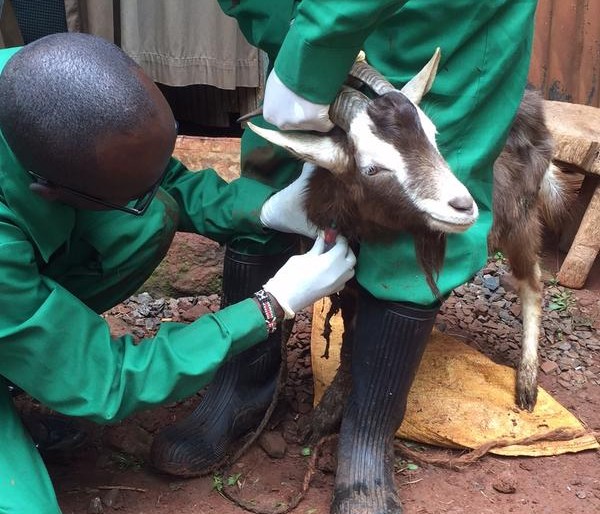
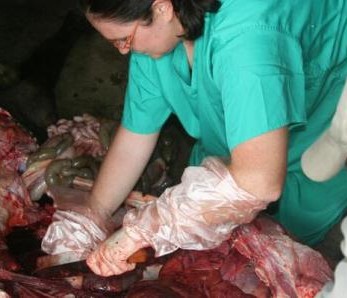

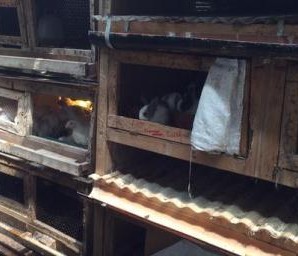
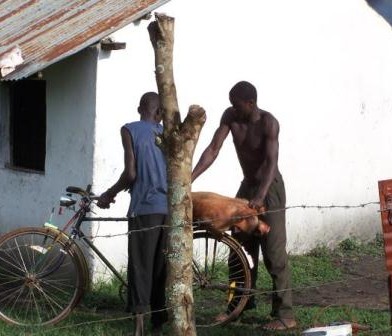
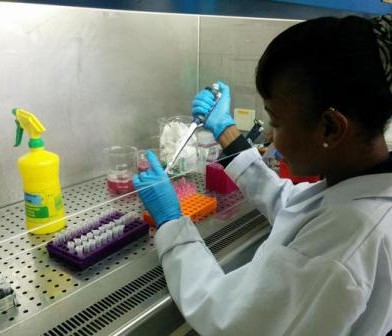
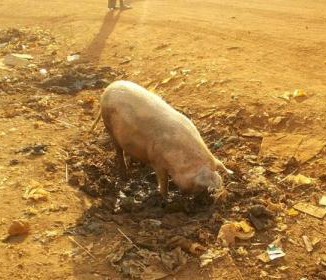
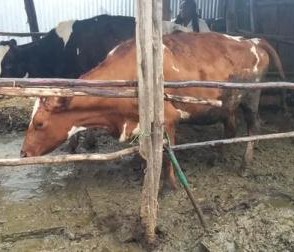

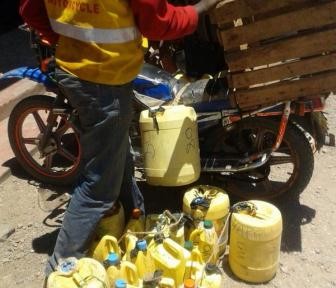
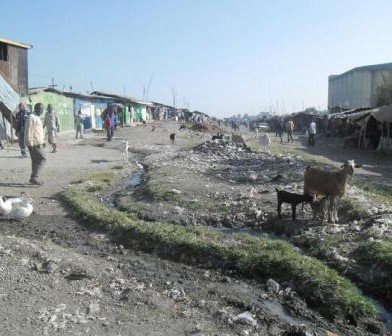
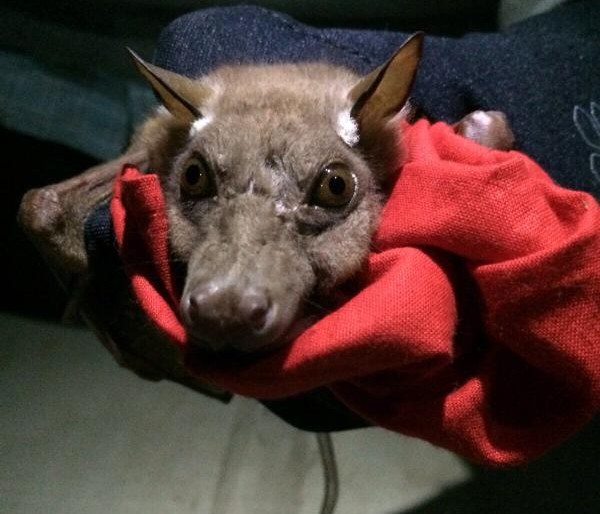
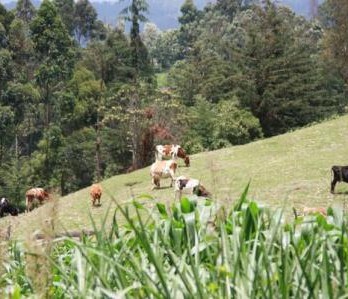

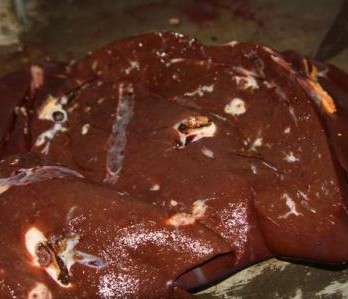

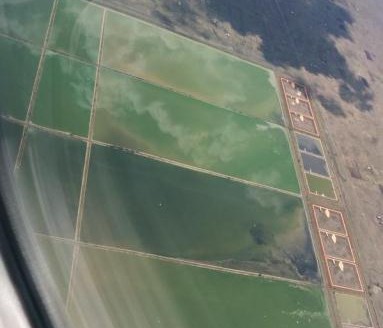


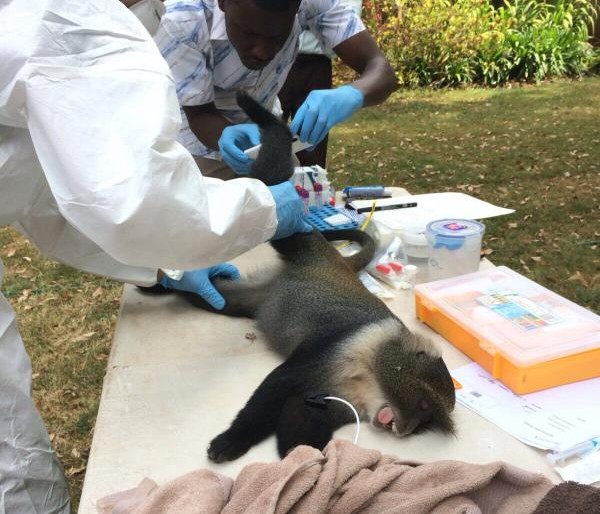
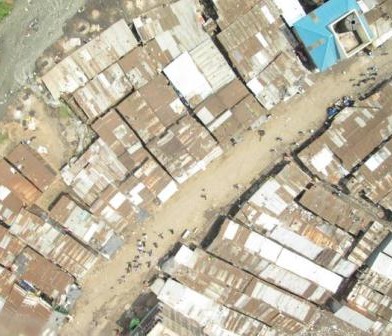


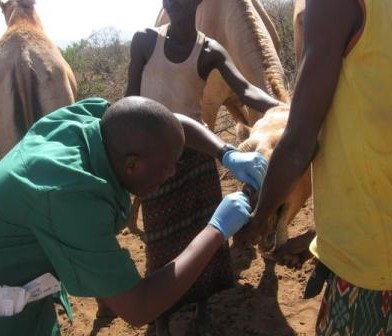
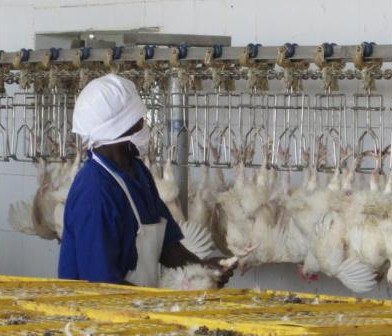
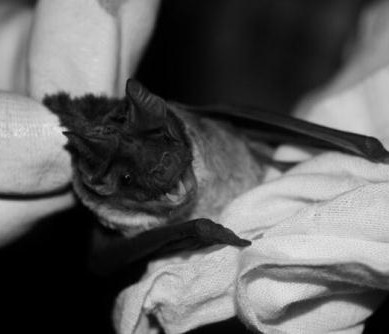
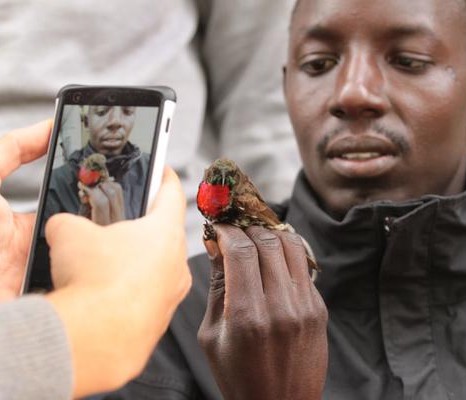

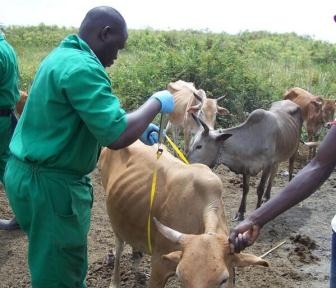
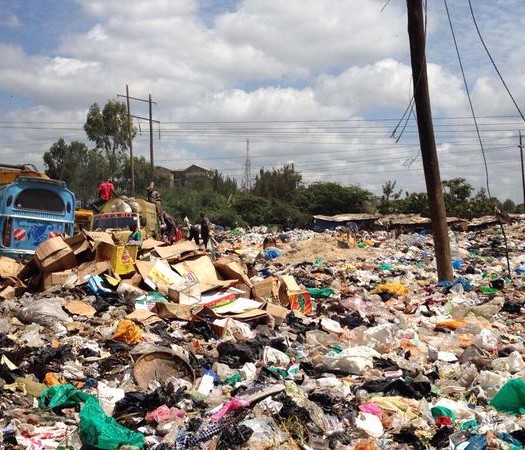
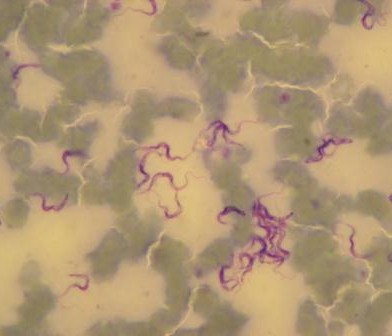

You must be logged in to post a comment.